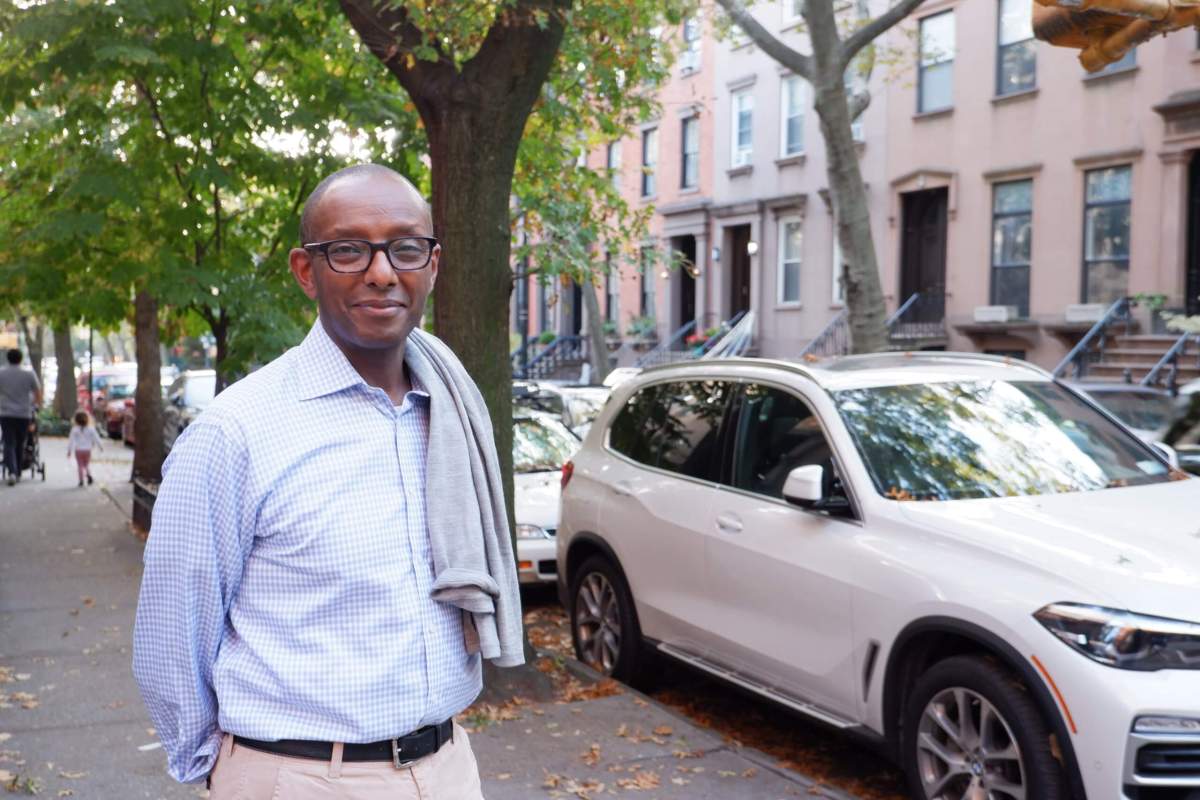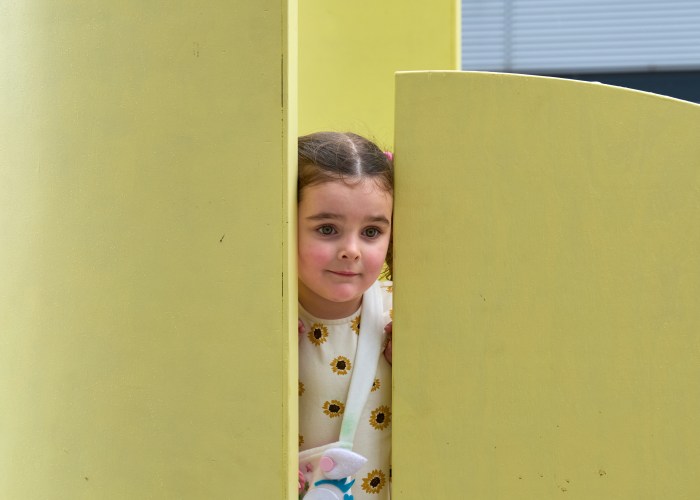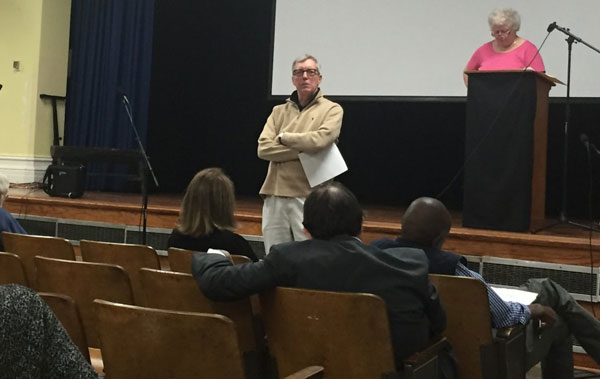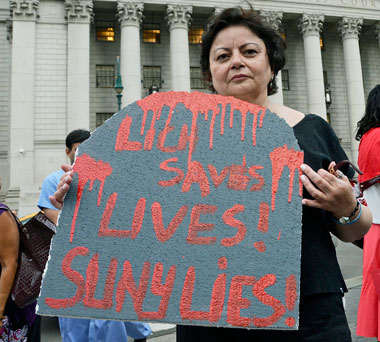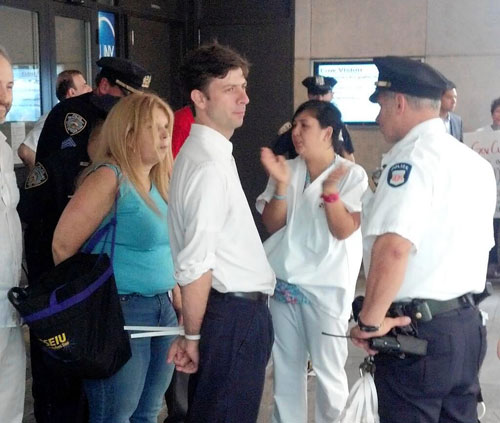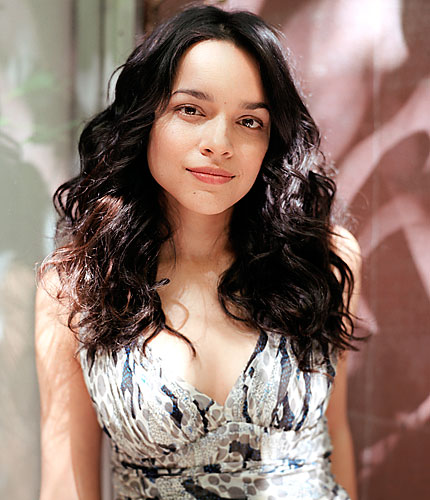Locals elected Ezana Bocresion as the new president of the Cobble Hill Association at a virtual meeting on Oct. 15. The freshly-minted civic guru will head the community organization for a two-year term and said he and the association’s board intend to work for the best interests of the brownstone Brooklyn neighborhood.
“I think what this board is going to look to do… is really make sure that the interests of Cobble Hill are well looked after and that we work with our electeds to get the best outcome that we can,” said Bocresion at the Thursday virtual meeting of the group. “It’s a community organization which means it’s an organization that has to work for the community.”
Bocresion takes over the helm from Amy Breedlove who served the maximum of two consecutive two-year terms and announced her departure last July. The outgoing president advised her successor to listen to Cobble Hillers, who are more than ready to step up for their nabe.
“Truly listen to the community and have long arms to reach out to seek different points of view,” said Breedlove. “This community is really amazing in how it comes forward, steps up, and gets the work done.”
A financier and former investment banker, Bocresion moved to the neighborhood in 2007 and previously served as the group’s treasurer in 2015, when a civic war led to the resignation of longtime association honcho Roy Sloane.
He said his focus will be on bringing more voices to the neighborhood group by bringing back so-called “block captains” who feed hyperlocal information to the association.
“They’re people who are really the nerve center, they’re like the mayor’s of their own block, and that’s’ a great way to filter up [information about] what’s going on,” he said.
He also wants to strengthen the CHA’s online presence, which he says will open it up to younger members of the community as more and more new families move to the area.
“The days of flyers are over,” he said. “I don’t think we are sufficiently digital, if you will.”
The board’s nominating committee put forward Bocresion’s name and he won the vote without opposition at the virtual meeting.
The association also held elections for several other board positions, including Josh Vogel, who became first vice president, Amanda Sue Nichols as second vice president, Pankaj Mody as treasurer, Vivien Shelanski for corresponding secretary, and Destiny Jackson as a new member.
Some of the big issues the board will focus on include the ongoing construction at the former Long Island College Hospital site, where developer Fortis Property Group is erecting a controversial five-building high-rise complex dubbed River Park, which includes a medical complex by New York University.
Bocresion wants to stay in talks with the developers and local electeds as building progresses via the CHA’s LICH task force, he said.
“The great thing about this neighborhood is the the elected officials really have helped out here,” so Bocresion. “It’s about continuing and strengthening those relationships and moving forward in a way that’s collaborative and inclusive.”
He voiced skepticism of further tall developments like the former LICH site, saying that while change was a part of the city, it had to be done in a way that is “respectful” of the mostly low-slung historic neighborhood.
“I did not come to this neighborhood to raise a family under these enormous towers looking over me. If I wanted to do that I would have gone and set up shop at 42nd [Street] and 10th Avenue [in Manhattan],” he said. “Change is inevitable wherever you go, but I think you need to do it respectful in a way that doesn’t destroy what’s there.”
Another big issue is the repair of the Brooklyn-Queens Expressway’s triple-cantilever, which Breedlove previously advocated should include reimagining the highway’s trench that cuts through the neighborhood.
Born in Ethiopia, Bocresion went to school in the United Kingdom, before moving to the Big Apple in 1986.
He fell for Cobble Hill while visiting a friend in neighboring Boerum Hill and getting lost on Pacific Street on the way home, where he would move three decades later.
“I said to myself, ‘Someday I’ll end up living here,’ and I did,” he said.


